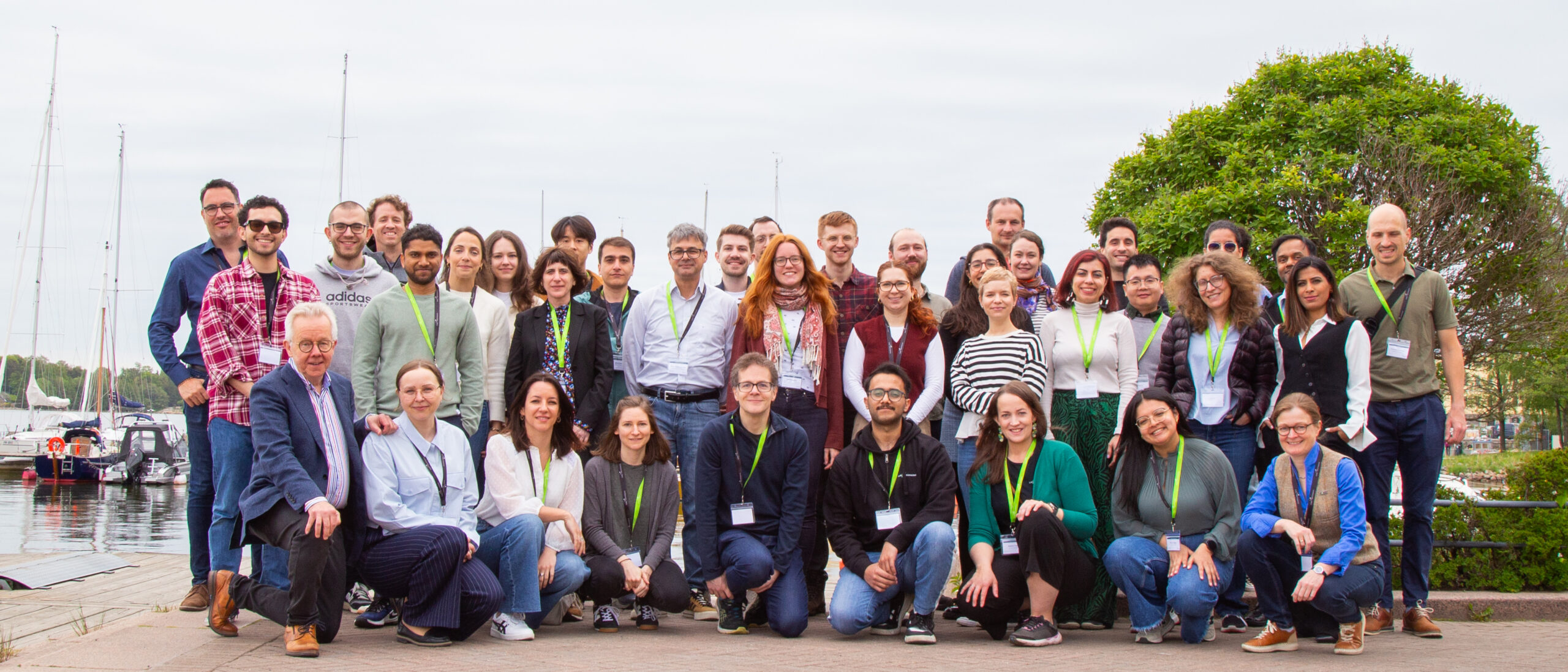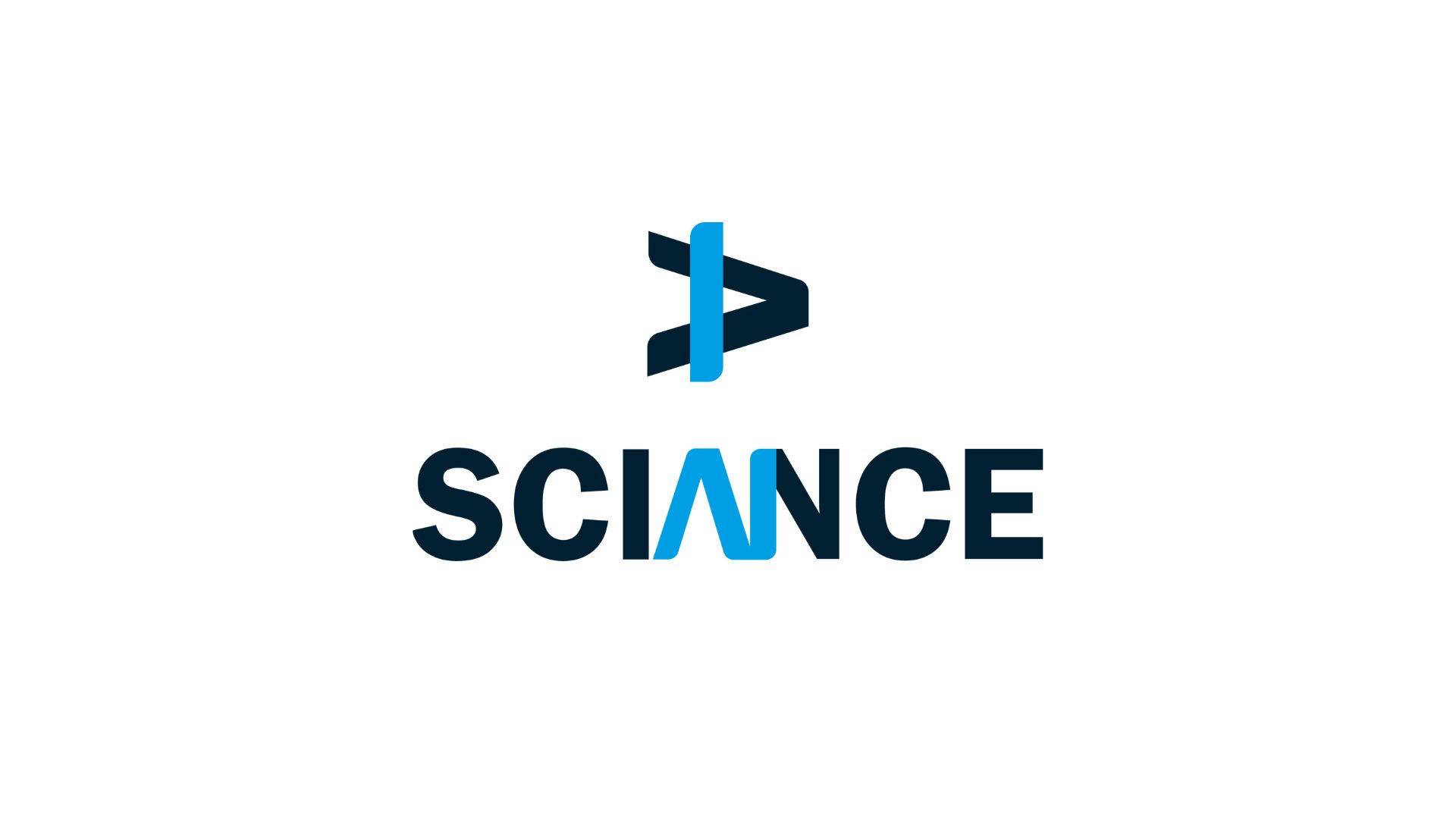
Correlative Multimodal Imaging of Brain Tissue
Our next Special Edition Virtual Pub, “Multiscale Imaging in the Neurosciences,” organized in collaboration with EBRAINS, will take place on Friday, October 27. At this event, we will explore the potential areas of collaboration between EBRAINS and Euro-BioImaging and highlight the expertise of selected Euro-BioImaging Nodes in the Neuroscience domain.
When: October 27, 2023, from 13:00-15:00 CEST
Where: Online
Abstract
Correlative Multimodal Imaging of Brain Tissue
Julia Fernandez-Rodrigues, Swedish NMI
The future of bioimaging is in the synergy between modalities, in the hard-to-navigate waters of the interdisciplinary divide. Imaging communities are attempting to broaden their existing single-cell technologies to tackle the complex spatial systems biology of 3D models or entire organs, and pathological tissues such as tumors. Given the age-old trade-off between sample size and resolution, and between imaging structure and function, these challenges will only be met by designing new and more automated Correlative Multimodal Imaging (CMI) workflows that daisy-chain microscopes together to capture images of nanoscale biological processes across scales within a single organism. The CMI approach aims at gathering information from a specimen with multiple imaging modalities that – when combined – create a highly informative, composite view of the specimen. It is a holistic approach that spans a large spatial resolution range from mm to nm, and provides complementary information about the structure, function, dynamics, and the molecular composition of the sample. CMI is of strategic importance to a large and wide group of national and international life scientists, supporting many research activities, such as, to characterise synaptic changes and pathological protein aggregation underlying neurological diseases. In this context we have created a European consortium, Big mUltimodal hIgh-resolution atLas Data Management, BUILD, to design a proof-of-concept approach to study and understand the brain’s nerve fiber architecture and the resulting structural connectivity (e.g., to address diseases that affect myelination, such as MS). In the study the same sample was shipped to the different expert facilities all over Europe: first prepared and visualized a mouse brain section with polarized microscopy. The same section was sent to a second facility where is prepared for scanning electron microscopy and X-ray tomography. We defined the volume of interest with X-ray, creating a reference 3D image dataset. After a successful evaluation the images were correlated with different scanning electron microscope systems to image the volume at high resolution for advanced analysis (SEM single and multi-beam and FIB SEM). Finally, datasets were transferred to Gothenburg for image processing and analysis. Thus, the combined usage of these interdisciplinary approach will finally enable the generation of unique brain atlases of different species, such non-human and human primates.
More news from Euro-BioImaging


